A country with extraordinary landscape, mouth-watering empanadas, and a seductive flourishing capital, your trip to Argentina will unmistakably be the adventure of a lifetime.
Argentina was the first stop on my backpacking trip through South America, it was also the country that captured my heart in more ways than one. I discovered a love for hiking, and the art of 24-hour bus rides and started a lifelong love affair with the sweet Dulce de Leche.
Traveling in Argentina requires patience and a fair amount of budget. The 8th largest country in the world is divided into 23 cookie-cutter provinces with wildly diverse geography, ranging from salt flats to icy glaciers and equally varied sets of inhabitants such as gauchos (The Argentinian John Wayns) to … penguins.
This guide aims to help you plan your trip to Argentina to give you an idea of a budget, the best time to visit, what foods to try, and a lot more information you probably did not even realize you needed. Time to go out and explore Argentina!
Please note: This post contains affiliate links, meaning I may earn a commission if you make a purchase by clicking a link (at no extra cost to you). Learn more.
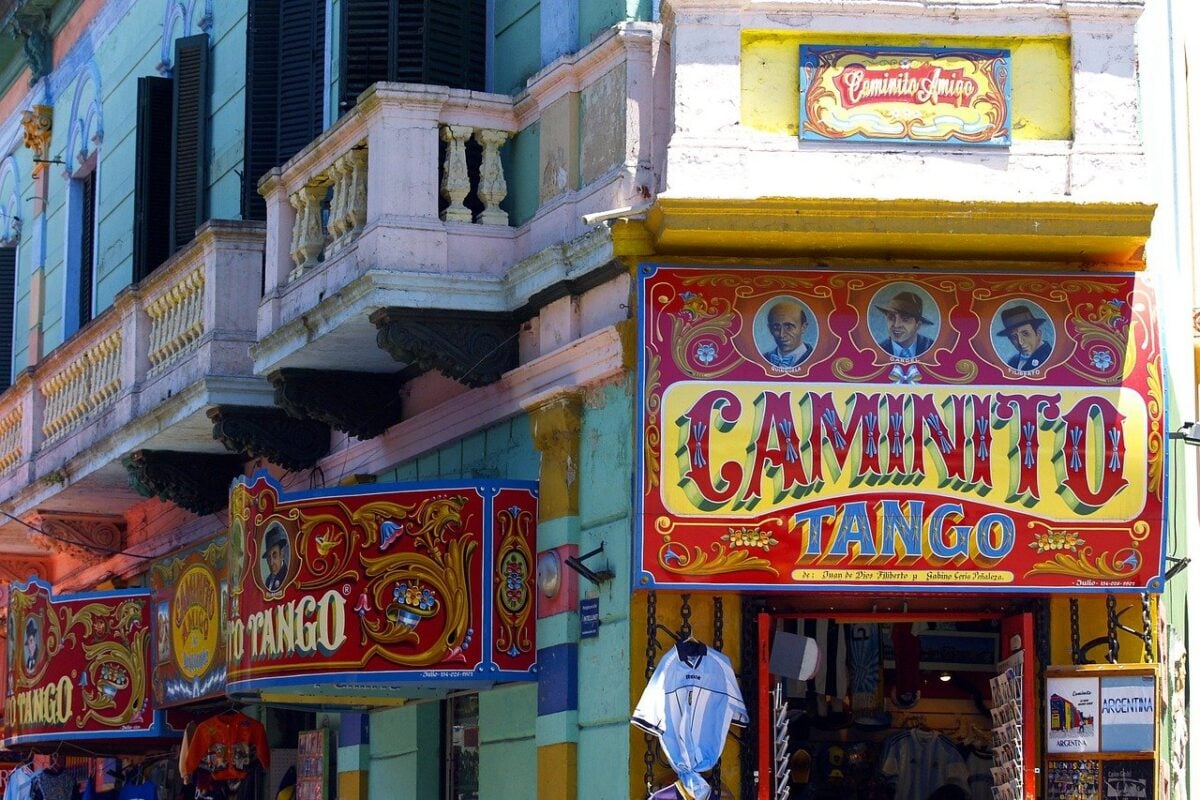
11 Things You Should Know Before Visiting Argentina
1. Argentina is a Spanish-speaking country
Be prepared, English is not as widely spoken in Argentina as you might expect! Even in the cities, it can be difficult to get around speaking only English. So be sure to bring your pocket dictionary and download a translation app.
Even better, try to learn a bit of conversational Spanish before you go! Conversations with locals at a bar or chats with your taxi driver might end up being some of the best memories of your trip!
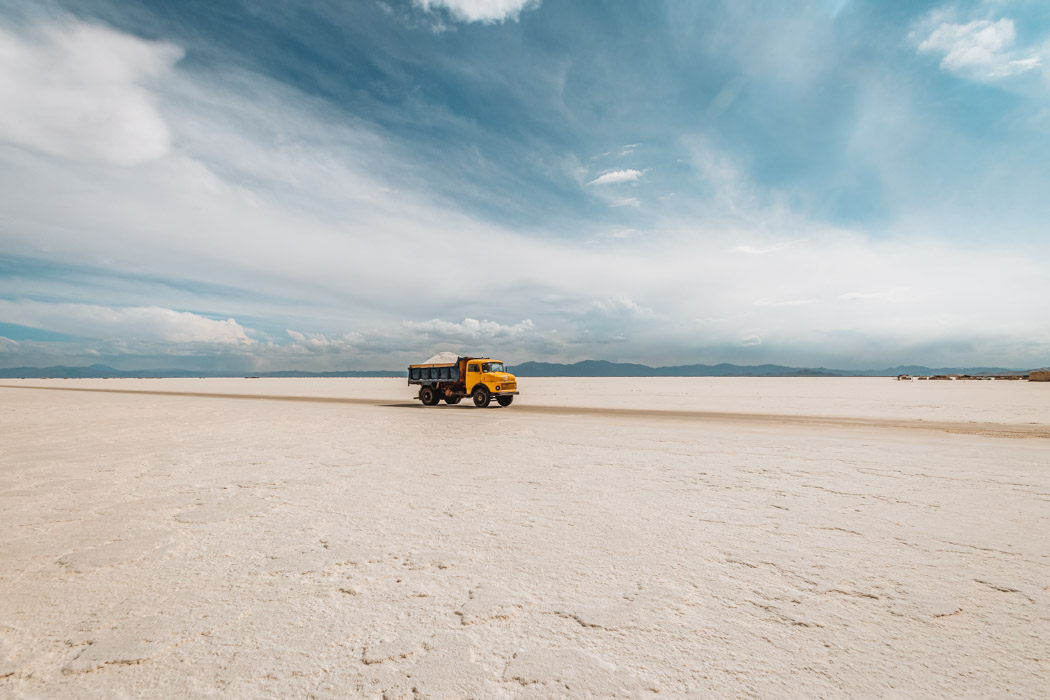
2. Argentina is HUGE. Traveling around Argentina will require time.
Like it’s the 8th largest country in the world, huge. This is important to remember if you are planning a quick trip to Argentina, it might be in your best interest to explore regionally rather than trying to fit the entire country into one week. You can read more about what would be an ideal 1-week and 2-week itinerary in Argentina below!
Regardless of how long you’re staying, you’re going to need to take some mode of transportation at some point! So let’s look a bit more at how to get around in Argentina.
Exploring Argentina via Bus
Exploring The country is well connected through a network of buses. Intercity busses (colectivos) are great and fares may be fixed or can vary in price depending on the city you are in. If you are traveling between cities or regions on a bus, be prepared for a trip potentially between 10 and 25 hours.
Some buses offer meals others won’t, so it is best to check online ahead of time. In theory, it is possible to order a veggie meal, however, let me tell you that in practice that proved virtually impossible. If you are vegetarian make sure to bring along an ample amount of snacks just in case that vegetarian meal you preordered does not appear. Drinks are always available on long-haul busses.
There are four types of seats on long-haul busses in Argentina:
- COMUN ($): Regular seat, may or may not recline slightly
- SEMI-CAMA ($): Comparable to an airline seat
- CAMA ($$): Seat that reclines 180°
- SUPER CAMA or EJECUTIVO ($$$): Seat that reclines 180°, pillows, blankets, and onboard hostess service included.
Note: If you buy tickets online, often you cannot adjust the date after purchase. Buying tickets at the bus terminal itself offers more flexibility and means you avoid a service charge.
Good to know: Each region in Argentina has a different set of bus operators to choose from. Check timetables and book tickets online via Busbud
Traveling around Argentina via Trains and LightRail
Argentina has a decent rail system and might be preferred if you get motion sickness in buses. But be warned it might take even longer to reach your destination by train, than by the already seemingly never-ending bus journeys.
There is also a train network in Buenos Aires that serves some of the outlying communities surrounding the city.
The fastest way to go about discovering Argentina: Fly
The two main international airports in Buenos Aires are Ministro Pistarini International Airport (EZE) which services long-haul international flights, and Aeroparque Jorge Newbery (AEP) which serves as the main hub for domestic travel in Argentina as well as international flights within South America.
If you don’t fancy traveling by train or bus to get to your next destination in Argentina, look into flying. There are small airports serviced by only a few airlines in all corners of the country.
The most common domestic carriers are Aerolineas Argentinas, Andes Lineas Aereas, Austral Lineas Aereas, Flybondi, LADE, and JetSMART.
Save Money: Check timetables and compare prices of domestic flights via Skyscanner
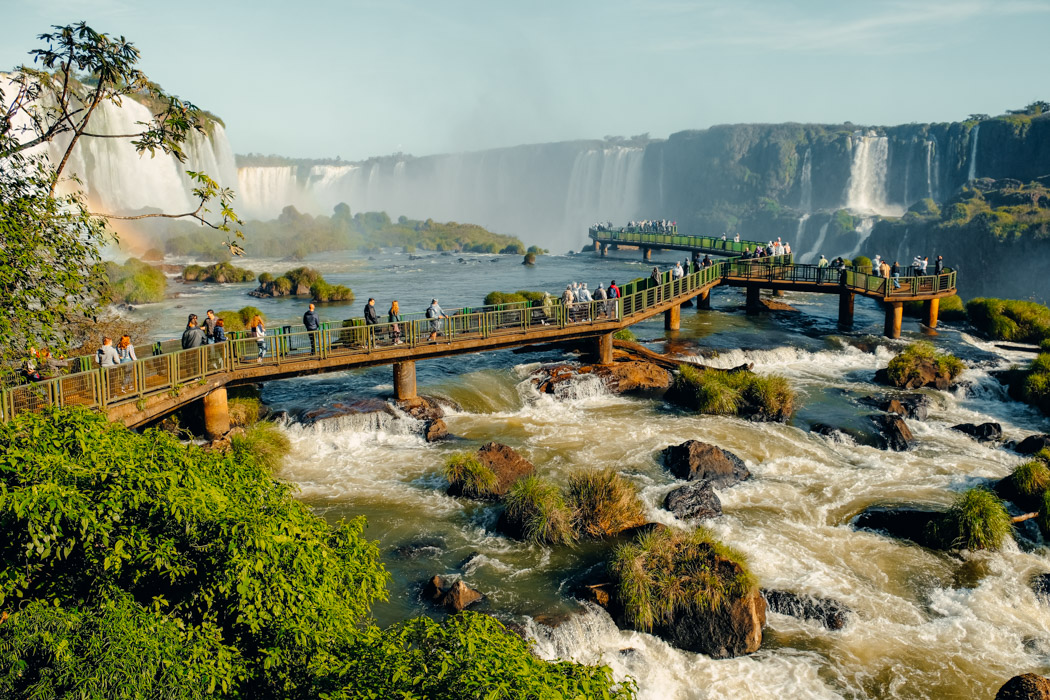
3. You can drink the tap water during your trip to Argentina
Yes, tap water is safe in Argentina! Let’s encourage sustainable travel in Argentina, and bring your reusable water bottle instead of always buying a new bottle of water from the convenience store! Less single-use plastics = a happy planet.
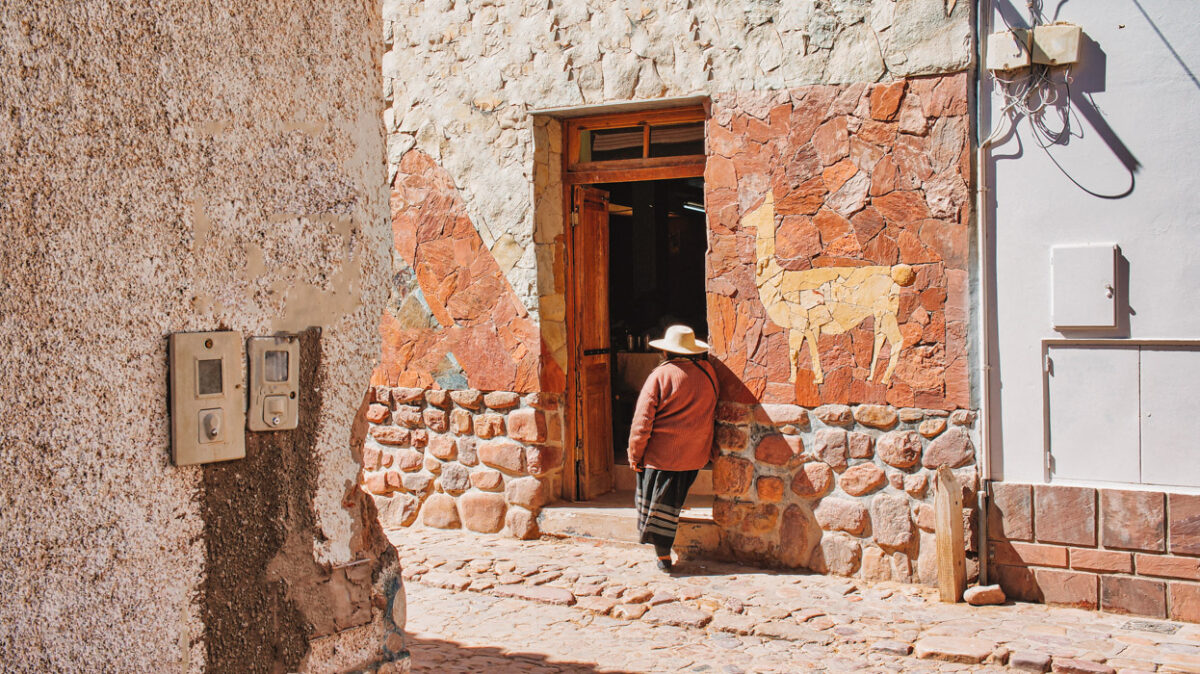
4. ATM fees are high in Argentina
While traveling in Argentina, the one thing that struck me time and again was the ridiculously high fees ATMs charged when withdrawing cash.
The maximum amount you can withdraw in one transaction varies between 2000 and 3000 Argentinian Pesos. The ATM charges around 200 Argentinian pesos irrespective of the amount withdrawn.
The cheapest bank I found to take out money was Banco de la Nacion, which charges around 120 Argentian Pesos. An easy way to circumvent the charges is by paying with your credit card, this will only work in larger cities in Argentina while small towns – especially in Patagonia – still rely heavily on cash transactions.

5. Tipping is customary in Argentina
It’s always a bit confusing when you visit a new country, to tip or not to tip. Just know, you should be tipping in Argentina. In restaurants and bars, expect to tip between 5 and 10%. When you get off the bus, tip the person taking out your bags 5 or 10 pesos.
When going into restrooms, often a tip of 5 pesos is asked for by the cleaning staff. Knowing this, it’s a good idea to keep small bills and some change on you!

6. The food in Argentina is very reliant on meat and cheese
As a vegetarian traveling through Argentina, I have to admit the food was not my favorite part of the trip. One will not go hungry as a vegetarian, but options are limited and the quality of the produce (fruits and veggies) was nowhere near as fresh as let’s say, Peru.
If you are a vegetarian, it’s a good idea to get familiar with the phrase “Soy vegetariana/o” because a lot of food in Argentina is meat-filled (even if it does not overtly say there is meat in the dish). There are some viable veggie alternatives, though they usually contain a high amount of cheese so be aware if you are vegan!
Here are 4 things to be familiar with while dining in Argentina:
1. ASADO: Translated, Asado means Barbeque in Spanish. But in Argentine culture, it is much more than just a piece of BBQ meat. Asado originates from the traditional Argentine gaucho diet and now is a common modern Argentine cuisine.
2. EMPANADAS: Empanadas are one of the most popular foods in Argentina. Empanadas are a traditional Spanish food that exists in many Latin American countries, but Argentina is widely recognized for its “empanada-making skills”.
Fun Fact: Every region in Argentina has its own variation of this pastry! Empanadas are a great (budget) meal rarely costing more than $2.
3. DULCE DE LECHE: Maybe you’re familiar with this condensed milk and sugar concoction popular in most Spanish-speaking countries, but in Argentina, it’s somewhat of national pride. Breakfast will often consist of a medialuna (croissant) or alfajores with Dulce de Leche. Perfect for those with a sweet tooth!
4. PASTA & PIZZA: Yeah, surprising right? You’re not alone in being shocked to see pasta on this list. The Italian cuisine has a strong influence on the modern-day Argentinian cuisine, think lasagna; cannoli; ricotta agnolotti, and even spinach ravioli. The pasta dishes are a great option for a vegetarian in Argentina.
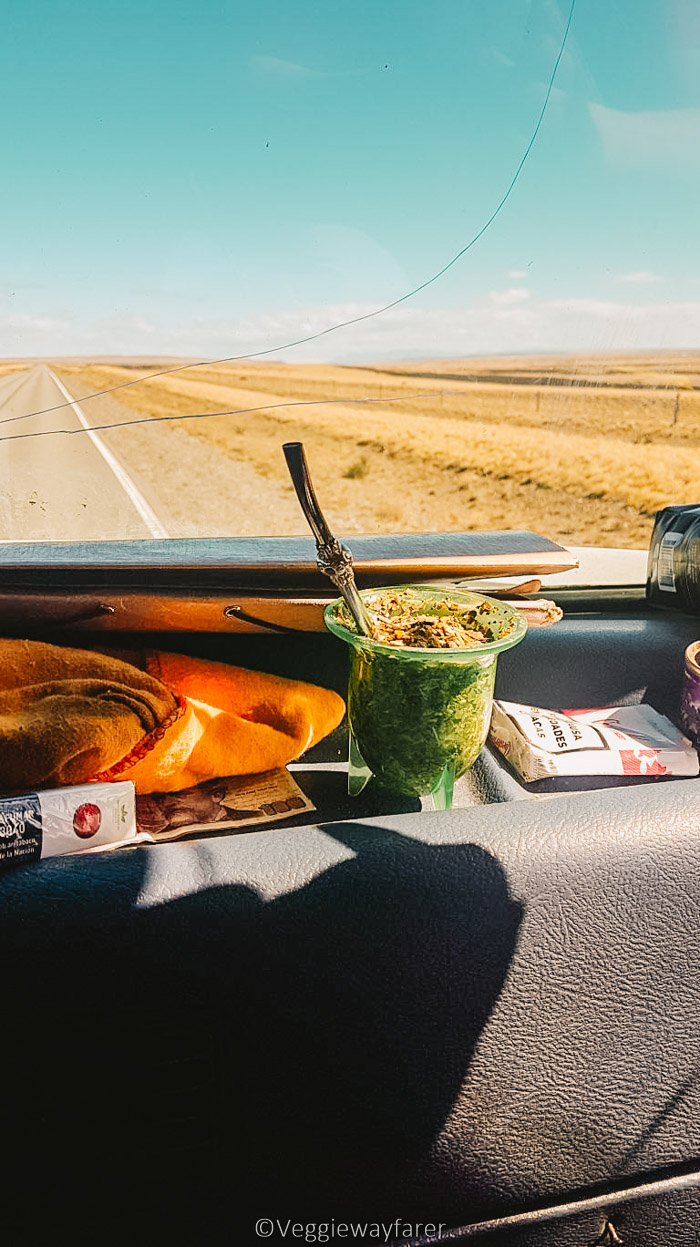

7. Mate (Maté) in Argentina is more than just a drink.
Now, Mate could have been added to the list above, but I think it is deserving of its own category on this list because of its cultural significance, and because it is literally inescapable in Argentina.
What is mate? A caffeine-infused herbal tea-like drink that follows an almost sacred process in Argentina and is commonly experienced with friends and family. While you can now get Mate in tea bags and as iced tea in water bottles, you should try drinking it in the traditional setting, in a gourd with a metal straw.
Mate can be drunk just about everywhere, the most peculiar spot I had Mate was while hitchhiking in Patagonia. I was picked up by a friendly crew of construction workers who had me squeeze into the front of their truck with them. We talked, laughed, and shared Mate together. Only in Argentina!

8. The wine in Argentina is mighty fine!
While out discovering Argentina, you will want to make time to try some local wines. Argentina is predominantly known for red wines, accounting for 55% of the total wine production with the rich, fruity Malbec wines being the absolute star of the Argentinian wine scene.
The region producing the most Argentinian wines is the province of Mendoza (60% of all Argentinian wines is produces here), followed by the provinces of San Juan, La Rioja, Salta, Tucuman, Catamarca, La Pampa and Rio Negro.
Experience it yourself: Travelers looking to expand their knowledge of local Argentinean wines love this top-rated Viator wine tour in Mendoza.

9. Crossing the border between Argentina & Chile is easy … sort of
Many travelers exploring Argentina have Patagonia high on their bucket list. The geographical region is located in the southernmost part of South America and spans two countries: Chile & Argentina.
While the largest portion of Patagonia is located in Argentina, there are more than a few worthy sites to visit on the Chilean side too (Torres del Paine National Park, the Marble Caves in Puerto Rio Tranquilo).
On my trip to Argentina, I made my way from Buenos Aires to Ushuaia in a zigzag pattern across Argentina and Chile.
Crossing the border a total of 6 times (on foot, by bus, via hitchhiking, and one plane ride). Crossing into Chile, the Chilean border patrol checked my bags for contraband every single time.
Good to know: Contraband in this case is any type of plant- or animal-based item. Failure to declare can result in fines running into the hundreds of dollars. This declaration form needs to be filled out upon arrival.

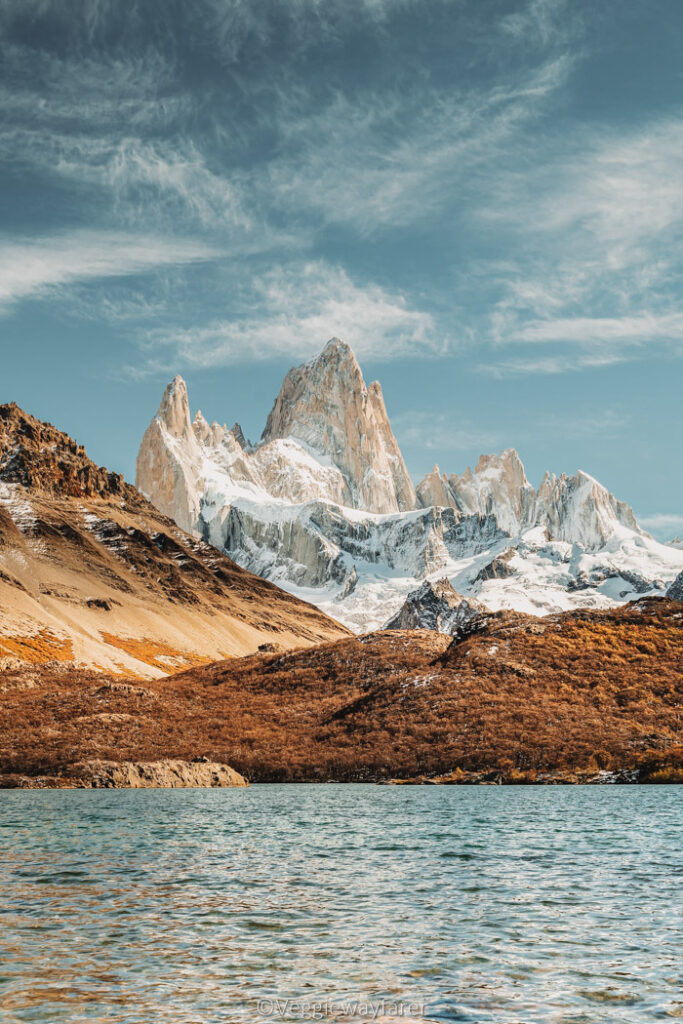
10. Argentina hosts some of the most incredible National Parks and landscapes in the world.
There are 33 National Parks in Argentina National Parks, all distinctly unique. You can experience icy glaciers, stark rocky mountains (including the Andes), the beautiful Iguazu waterfalls (find the best Iguazu falls tours), and even vast salt flats in northern Argentina.
The most visited national parks are: Iguazu National Park, Los Glaciares National Park, Nahuel Huapei National Park, Tierra del Fuego National Park, Los Cardones National Park and The Valdes Peninsula.
Entrance to the National Parks is not free, but the fees are put to good use helping in the preservation of these national parks and showing the government that investing in conservation is a worthy cause (and economically interesting). Delve deeper into the topic via this article on Responsible Vacations.

11. Argentina has incredible beaches
Move over Miami! Many people don’t realize that Argentina has expansive sandy beaches perfect for sunbathing, swimming, and watersports. Argentina hosts incredible beaches not only along the seafront but also along its lakes!
Be sure to check out these top beaches in Argentina: Mar Del Plata, Playa Bristol, Pinamar, Puerto Madryn, Mar De Ajo, Carilo, Playa Larga, and the lakes around Bariloche.

Trip to Argentina Cost
Exploring Argentina is not cheap, it is one of the most expensive countries in South America to visit. Aside from the cost of accommodation and food, transportation should also be factored in. Traveling around Argentina entails many hours on a bus (great for budget travelers) or a domestic flight (great for travelers with a short amount of time).
The further south you travel in Argentina, the more expensive it becomes. A dorm bed in Buenos Aires starts at US$15, while in San Carlos de Bariloche (Patagonia) the very same dorm bed will cost US$25.
Average cost breakdown for visiting Argentina
ACCOMMODATION: Average cost for a dorm bed per person is US$15/night, Guesthouses start at US$50 per room (US$30 a person) and hotels tend to cost US$70 and upwards. Browse accommodations in Buenos Aires, Mendoza, or Bariloche.
TRANSPORTATION: This was by far my largest expense. Calculate at least US$70/day if you want to rent a car, taking a bus will cost anywhere between US$25-US$80 (depending on the route and type of ticket). Book bus tickets in advance via Busbud. Compare the costs of renting a car.
FOOD: Average cost of a simple lunch is US$15/person, and the average cost of dinner is US$25/person. If you are on a tight budget consider cooking your own food or filling up on Argentine Empanadas (which rarely cost more than US$2 apiece).
ENTRANCE FEES & TOURS: National Parks in Argentina are not free, they require a small entrance fee which goes towards to protection of the park. To give you an example of the cost: Perito Moreno ARS 800 (US$13), Tierra del Fuego National Park ARS 560 (US$7), Iguazu Falls ARS 600 (US$5)
ADDITIONAL COSTS: Fees for ATMs (see below), purchase of hiking gear (if you travel to Patagonia), the cost of laundry (for backpackers), and souvenirs.
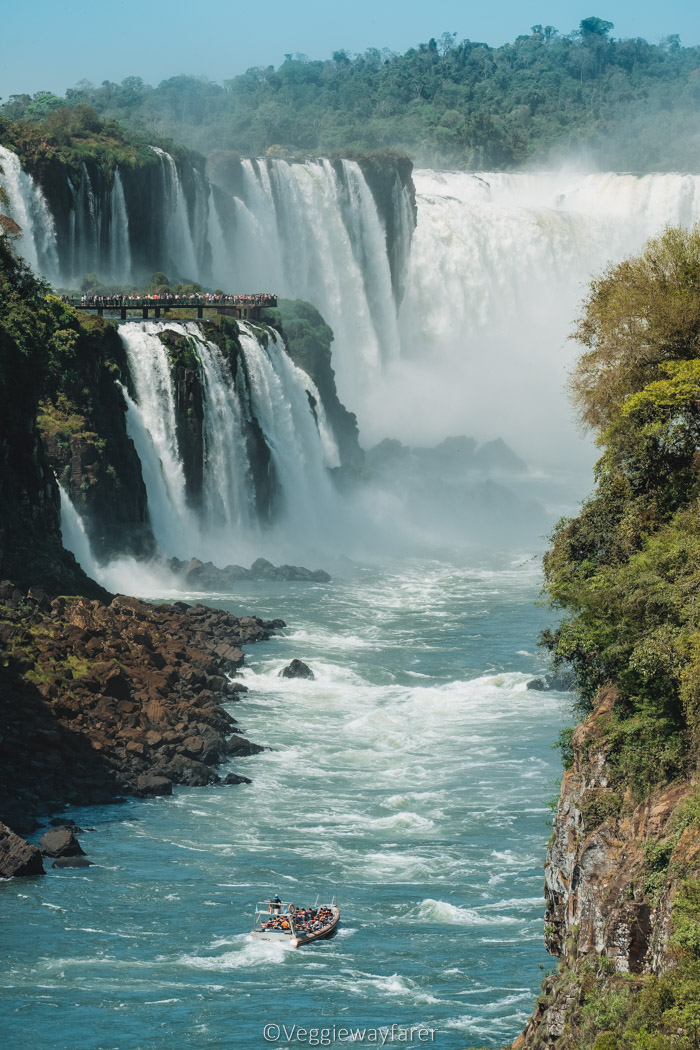

Best Time to Explore Argentina
The short answer is any time of the year! The long answer is that it depends on which region in Argentina you would like to visit.
In general, the high season is November to February, visitors can enjoy the warm summer days all over Argentina. This also tends to be the most expensive season and most crowded season.
When to visit Northern Argentina
The summer months (December-March) tend to get very hot in northern Argentina, with average temperatures upwards of 30°C/86°F. May to August offer a welcome reprieve from both the heat and the large flocks of tourists. Iguazu Falls have the lowest amount of rainfall in April.
When to visit Patagonia
The high season for Patagonia is November to March, as the snow starts to melt the hiking paths through the various National Parks opened up for travelers around the world. May-August is great for winter sports, however certain parts of southern Patagonia may be closed due to snow and ice.
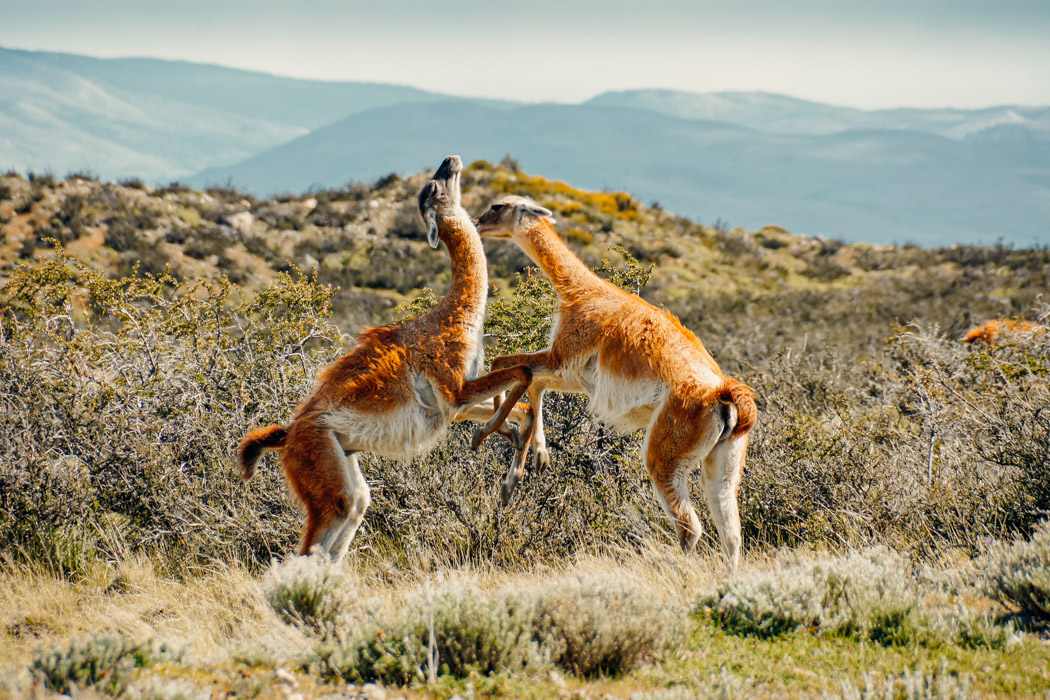
Is Argentina Safe?
I must admit, before I set foot in Argentina I was very wary of traveling around this beautiful country solo, as a woman. That fear proved to be wholly unfounded. Aside from Easter Island, Patagonia was the safest place I traveled around for the full 4 months of my South America trip.
In general, Argentina is a safe country to visit, and aside from certain areas in Buenos Aires, I never felt unsafe anywhere while traveling around Argentina solo. Patagonia is safer than my hometown of Brussels, by a long shot!
If you do end up staying in Buenos Aires for a few days (I highly recommend it!), ask your local accommodation what the areas are you want to avoid (during the day and/or at night). As with any large city, be mindful of your valuables and avoid flashing expensive camera equipment and cellphones around carelessly.
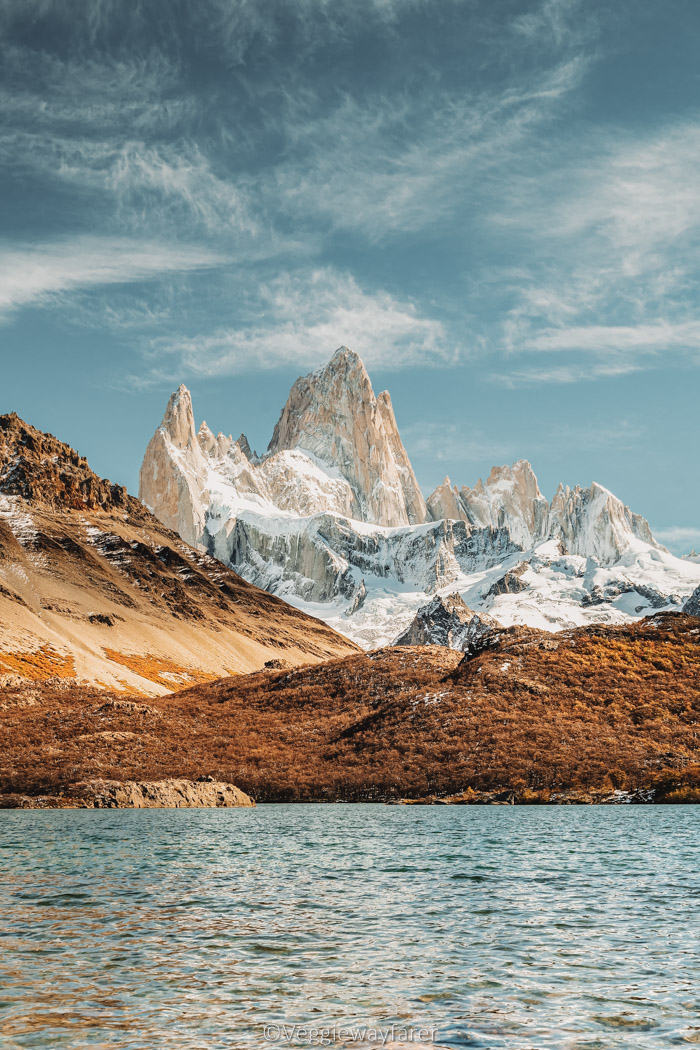
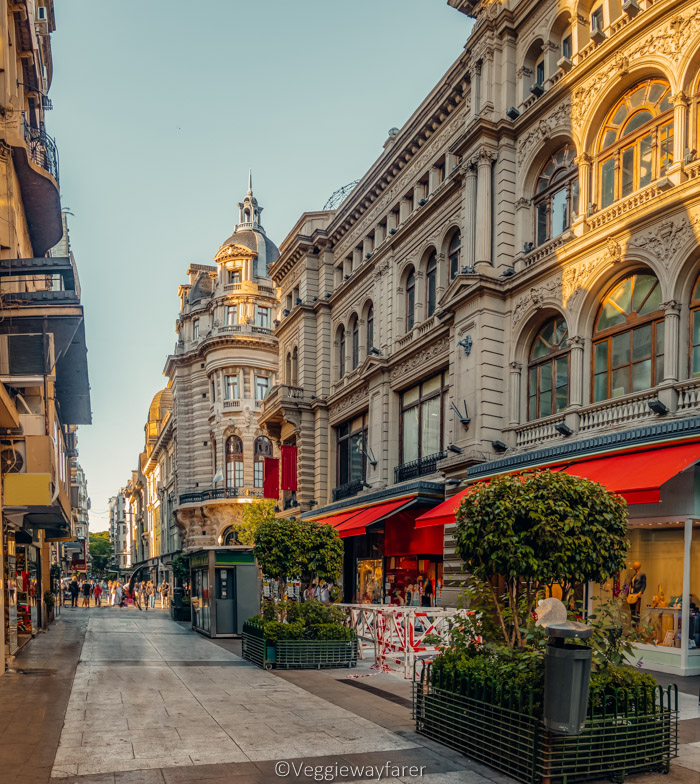
Discovering Argentina in Conclusion
A trip to Argentina is truly a once-in-a-lifetime experience. The 8th largest country in the world has a vast amount of national wonders (did someone say glaciers) and a vibrant cultural scene (let me just get my tango shoes) that will leave any wishing they had more days to spend exploring.
Renting a car and embarking on a self-drive itinerary gives you the maximum amount of freedom but with car rental prices starting at US$70/day can quickly run up a hefty bill. Therefore my recommendation would be to forego the car and instead opt for a combination of domestic flights and long-haul busses to explore the various highlights in Argentina.
ADDITIONAL TRAVEL RESOURCES FOR VISITING SOUTH AMERICA
South America: 10 Vibrant Carnivals in Latin America
Chile: A comprehensive Easter Island itinerary
Argentina: Everything you need to know before traveling to Patagonia
Bolivia: Complete guide to Oruro Carnival
Bolivia: Complete guide to Salar de Uyuni in rainy season
Bolivia: 10 Reasons why Bolivia is worth visiting
Bolivia: 15 Unmissable places to see in Bolivia

Things to know when traveling in Argentina: Pin it










0 Comments